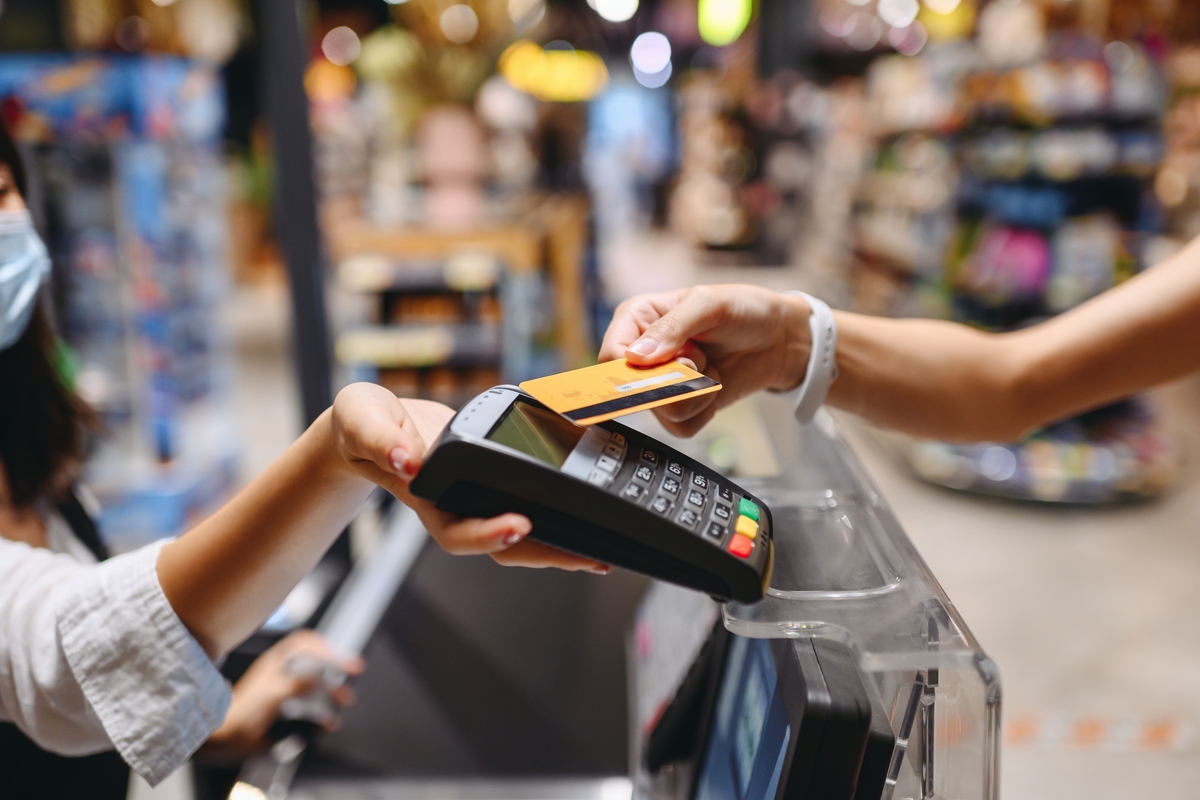Dear visitor,
You're reading 1 of your 3 free news articles this quarter
Register with us for free to get unlimited news, dedicated newsletters, and access to 5 exclusive Premium articles designed to help you stay in the know.
Join the UK's leading credit and lending community in less than 60 seconds.
Inflation drops but still at near 40-year high
Consumer Prices Index (CPI) rose by 10.7% in the 12 months to November 2022, according to the Office of National Statistics’ (ONS) latest figures.

Senior Journalist, covering the Credit Strategy and Turnaround, Restructuring & Insolvency News brands.
This is down from the 11.1% 12-month figure in October, but still is close to a 40-year high and is second only to the figures seen in October.
Consumer Prices Index including owner occupiers’ housing costs (CPIH) also saw a slight dip going from a rise of 9.6% in the 12 months up to October to 9.3% in the 12 months to November. And, although the annual rate eased between these two periods, the rates in these months are the highest observed for more than 40 years.
The main drivers of the annual inflation rate for both CPIH and CPI are common for both measures with the easing principally reflecting price changes in transport – namely for motor fuels and second-hand cars. There were also downward effects from tobacco, accommodation services, clothing and footwear, and games, toys and hobbies.
The largest offset of this was driven by price rises for alcohol in restaurants, cafes and pubs.
Looking sector by sector, the annual inflation rate for transport was 7.6% - down for a fifth consecutive month from a peak of 15.2% in June 2022 and is the lowest rate since June 2021. The main drivers behind this easing came from motor fuels and second-hand cars.
As for the annual rate for alcohol and tobacco, this hit 4.2% in November – a drop of two percent when compared to the 6.2% figure seen in October. This easing was caused by price movements in tobacco, with prices rising by 0.1% on the month when compared to the larger rise of 4.2% a year ago.
The price of clothing and footwear, meanwhile, was at 7.5% in the year to November 2022 – down from 8.5% in October. On a monthly basis, prices rose by 0.1% between October and November, this is compared to a larger rise of 1.1% during the same period a year ago.
Prices for recreation and culture also dropped – going down from 5.9% to 5.3%. This easing almost entirely came from games, toys and hobbies – where were down by 0.5% in the year to November, compared with a rise of 1.5% in the year to October.
These drops were partly offset by an increase in the annual rate for restaurants and hotels – going up from 9.6% to 10.2% – the highest rate since December 1991.
Food and non-alcoholic beverages prices also rose, going up slightly from 16.4% in October to 16.5% in the 12 months to November and comes off the back of the annual rate of inflation in this category rising for 16 consecutive months, starting from –0.6% in July 2021. Despite this, the ONS suggest rates would have last been higher in September 1977 when it was estimated to be 17.6%.
Stay up-to-date with the latest articles from the Credit Strategy team
Get the latest industry news






